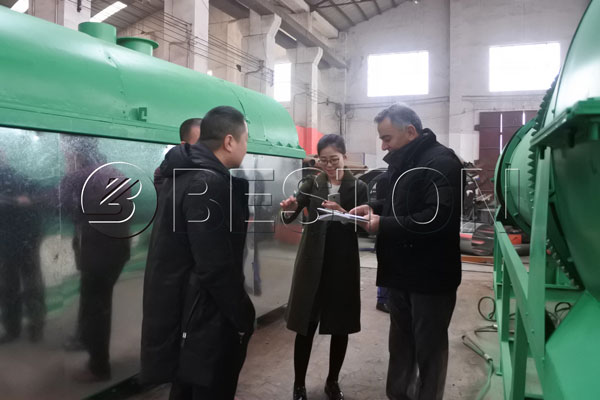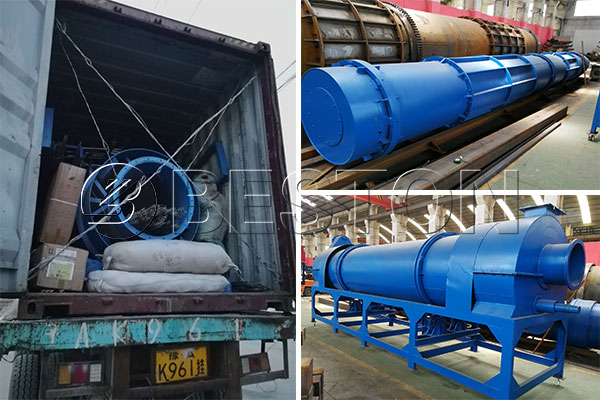As the population of the world grows each year, there is a growing amount of waste accumulating as well. This waste piles up in landfills, rivers, and the ocean and it’s to the point of overwhelming the ability of nature to convert it back into the environment. A huge portion of the waste that humans create is actually the left over agricultural byproducts from the millions of tons of fruits and vegetables that are grown for food. Every different crop that is grown has its own leftover waste, corn has cobs and husks, wheat has straw, rice has husks, coconuts have shells, olive seeds have husks, and on, and on. The problem is, the shear size of the piles of waste these industries create end up being the size of small cities each year. Now there are new machines being developed to convert these various byproducts into useful products for sale. Let’s take a look at the coconut shell powder making machine manufacturers and what they’re doing.

The Philippines Has 500 Million Coconut Trees
Those trees produce 4.1 million tons of coconut shells that used to pile up in huge quantities near the various processing plants. The local population would haul the shells away and do a slow process where they converted the shells to carbon for sale to other to use in their wood fired home cooking stoves. These conversions were done by hand and the efficiency was low. There was a lot of wasted heat rising into the air rather than being saved into the charcoal that was being created.
Now there are coconut shell charcoal making machine manufacturers making machines that are far more efficient and release just a fraction of the pollution that the manual process did in the past. With a quality machine, it is now a profitable enterprise turning coconut shells into charcoal. The other byproducts produced are tar and wood vinegar which can also be sold as commodities to various industries. The coconut shell carbon can be used as fuel in wood cook stoves, as fertilizer on agricultural crops to enrich the soil, and in industrial processes either as fuel or as a carbon additive.
One of the best uses tends to be turning the carbon into briquettes that are easier to package, burn at a more controlled rate, and bring in higher prices when used in BBQ’s.

The Beston China System Uses Pyrolysis To Keep The Shells From Burning
Obviously, if the shells burn there would be little left except ashes and most of the energy would escape in the form of heat and CO2. When the coconut shells are heated to high temperature without oxygen present they then turn into charcoal with most of the energy captured instead of being released into the atmosphere.
The pyrolysis process, once started, can use its own heat and combustible gases to run itself thereby avoiding the use of exterior energy. The smoke stack that comes off of the reaction chamber is nearly smoke free and posses no threat to nearby residents or the overall environment.